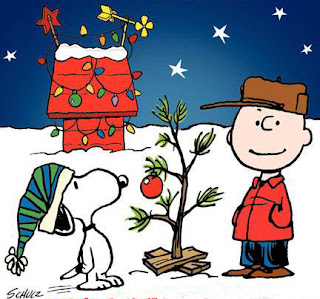This Christmas, I realized a universal relationship that I
hadn’t noticed before: the smaller the child, the larger the Christmas present.
For example, Santa brought my 2-year-old daughter a toy kitchen that is
approximately the size of my own kitchen, and a Barbie house that is larger
than my first apartment (and contains significantly more furniture). My
21-year-old stepdaughter, on the other hand, received gift cards (approximate
dimensions: 2” x 3” x 0.005”).
I also realized another universal relationship: the larger
the toy, the smaller the pieces. And the more numerous. My two young children
received a combined total of roughly 27 Christmas gifts. Those 27 gifts contained
a combined total of approximately 7,953,246 individual pieces, the majority of
which measure less than 1 cm in any dimension. Within any one square foot of my
home at any given moment, I am likely to find 4 pieces of plastic fruit, 37
Legos, 23 Duplo blocks, 7 fireman or policeman figurines, 4 miscellaneous
Barbie-related items, 14 erector set components, a minimum of 2 wheeled
vehicles of varying size, and 3 magnets shaped like either articles of clothing
or construction vehicles.
Please don’t get me wrong; I’m not upset that anyone gave
these gifts to my children (the majority of them were either purchased or suggested
by myself and my husband). It’s not like anyone in my family hates us enough to
have given the kids, say, a drum set or a ride-on fire engine with functioning
siren. And I love that my children love playing with these toys so much that
they’re always out and scattered around. But I never realized how much longer
it takes to clean up the contents of a 12” x 6” x 2” box containing 2,000
individual items (for example, a Lego building set) than it does to clean up
the contents of a 12” x 6” x 2” box containing five individual items (for
example, a Barbie doll wearing a bikini and high heels).
But what I also realize about toys containing a zillion
components is that, much like cars and computers, they carry with them a kind
of planned obsolescence. At least once a day, I step on and crush a Lego item which
I must then discard. Several times since Christmas Day some pink plastic item
from Barbie’s house has gone permanently astray for whatever reason. Various
items have already succumbed to irreparable chewing damage. By my calculations, at this
attrition rate, 83.6% of the toys my children received for Christmas will be
gone by the time next Christmas rolls around. And since my children will be
that much bigger, their toys should be proportionately smaller, so the annual net
increase in toy volume will be only around 11.8%.
At that rate, by the time their toy collections increase
enough that we need to move to a bigger house, my son will be ready to enter
college and we can turn his room into a toy storage shed. Either that, or my
husband and I will just move into his room. I figure he’ll have some really fun
toys by that point.

























